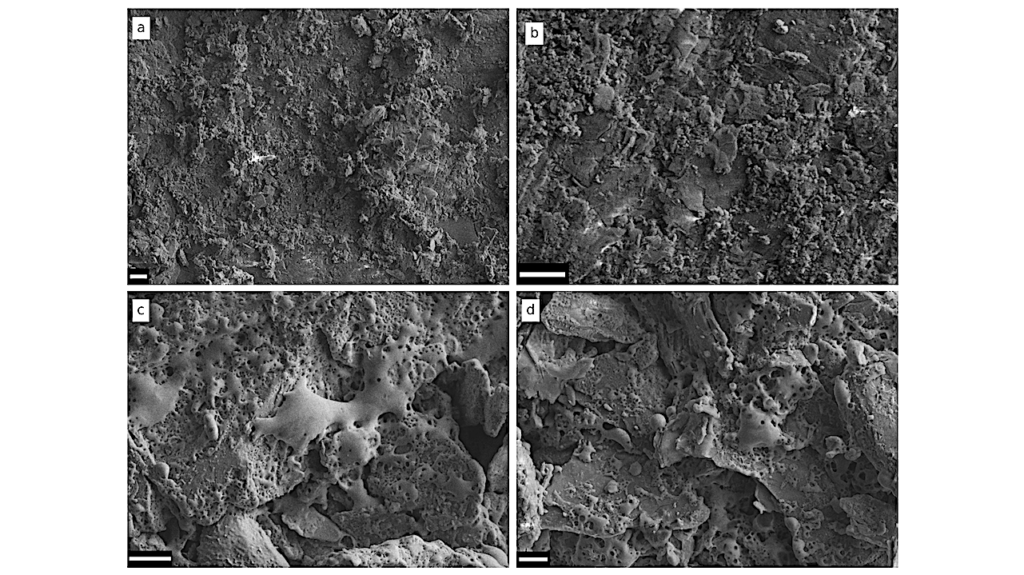Chiral Selection, Isotopic Abundance Shifts, and Autocatalysis of Meteoritic Amino Acids

The discovery of amino acids in meteorites has presented two clues to the origin of their processing subsequent to their formation: a slight preference for left-handedness in some of them, and isotopic anomalies in some of their constituent atoms.
In this article we present theoretical results from the Supernova Neutrino Amino Acid Processing (SNAAP) model, which uses electron anti-neutrinos and the magnetic fields from source objects such as supernovae or colliding neutron stars to selectively destroy one amino acid chirality and to create isotopic abundance shifts. For plausible magnetic fields and electron anti-neutrino fluxes, non-zero, positive enantiomeric excesses, ees, defined to be the relative left/right asymmetry in an amino acid population, are reviewed for two amino acids, and conditions are suggested that would produce ee>0 for all of the α-amino acids. The relatively high energy anti-neutrinos that produce the ees would inevitably also produce isotopic anomalies. A nuclear reaction network was developed to describe the reactions resulting from them and the nuclides in the meteorites.
At similar anti-neutrino fluxes, assumed recombination of the detritus from the anti-neutrino interactions is shown to produce appreciable isotopic anomalies in qualitative agreement with those observed for D/1H and 15N/14N. The isotopic anomalies for 13C/12C are predicted to be small, as are also observed. Autocatalysis may be necessary for any model to produce the largest ees observed in meteorites. This allows the constraints of the original SNAAP model to be relaxed, increasing the probability of meteoroid survival in sites where amino acid processing is possible. These results have obvious implications for the origin of life on Earth.
Michael A. Famiano, Richard N. Boyd, Takashi Onaka, Toshitaka Kajino
Comments: 24 pages, 8 figures, to be published in Physical Review Research
Subjects: Earth and Planetary Astrophysics (astro-ph.EP); Biological Physics (physics.bio-ph); Geophysics (physics.geo-ph); Space Physics (physics.space-ph)
Cite as: arXiv:2106.01531 [astro-ph.EP] (or arXiv:2106.01531v1 [astro-ph.EP] for this version)
Submission history
From: Michael Famiano
[v1] Thu, 3 Jun 2021 01:25:23 UTC (701 KB)
https://arxiv.org/abs/2106.01531
Astrobiology, Astrochemistry,








